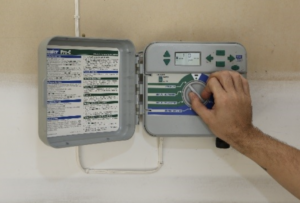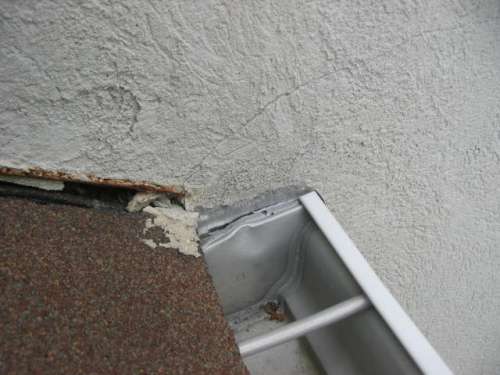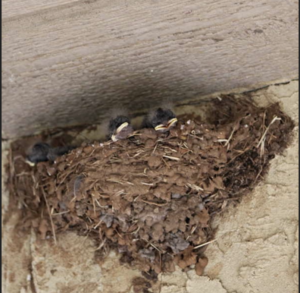Lawn Watering Tips

When to Water
At the top of the list of lawn watering tips is when to water. The a.m. is the best time to water the lawn because the air is cooler and there’s usually not much wind to blow the droplets. In the middle of the day, water evaporates too quickly. And in the evenings, water can cling to the blades of grass overnight, which can cause lawn diseases.
How Much Water
Homeowners who can’t water in the mornings before work should do it on a weekend morning. The best time is early in the morning: 4 a.m. to 10 a.m.
Water long enough to moisten the soil about 6 inches down, which is the depth of a healthy grass root system. To see how far the moisture seeps down, check the soil every 15 minutes during the first watering.
Time how long it takes the water to work its way that far into the ground, then water for that duration every time you turn on the hose. Each lawn has different soil. You have to water for your property.
Built-in lawn sprinklers are the best systems for watering the grass. This is the most efficient system and will pay for itself in the long run. Over the years, if you’re planning on staying in the house, it’s worth the investment.
But for homeowners who don’t have an in-ground irrigation system and don’t want to invest in one, a pulsating, revolving sprinkler hooked up to a garden hose is the next best choice for an established lawn. The sprinkler shoots out the water horizontally at a high velocity so it’s not as vulnerable to wind and evaporation as oscillating types, which spray the water straight up.
Timers
If you’re watching the clock and trying to remember to shut off the water on time, chances are that sometimes you’ll sit down in front of the TV or let your mind wander and forget that the sprinklers are running. So get a timer. They start at about $10 at home centers and turn off the water automatically after a designated time to ensure the lawn gets the proper amount of water. The timer connects to the spigot, then the hose connects to the timer.
If homeowners don’t want to water their lawn, that’s fine too. The lawn can go dormant just like it does in the winter without harming the grass, providing there’s not a drought longer than a month. But letting the lawn go dormant, then watering, and then discontinuing the watering again is hard on the grass
Home Run Inspections, LLC
Oklahoma: 405-905-9175
Florida: 850-203-3239
We Cover All the Bases!
Serving the Oklahoma City metro and surrounding areas including Edmond, Yukon, Piedmont, Bethany, El Reno, Tuttle, Mustang, Moore, Norman, Midwest City, Del City, Choctaw, McCloud, Shawnee, Harrah, Newalla, Jones, and more.
Also Now Serving the Florida Panhandle metro areas including Destin, Fort Walton Beach, Okaloosa Island, Miramar Beach, Santa Rosa Beach, Niceville, Shalimar, Freeport, Crestview, DeFuniak Springs, Panama City Beach, and more.
Schedule Your Inspections Online at:
Like us on FaceBook
Follow us on Twitter
Follow us on Instagram



